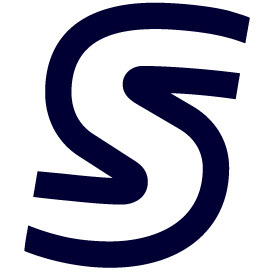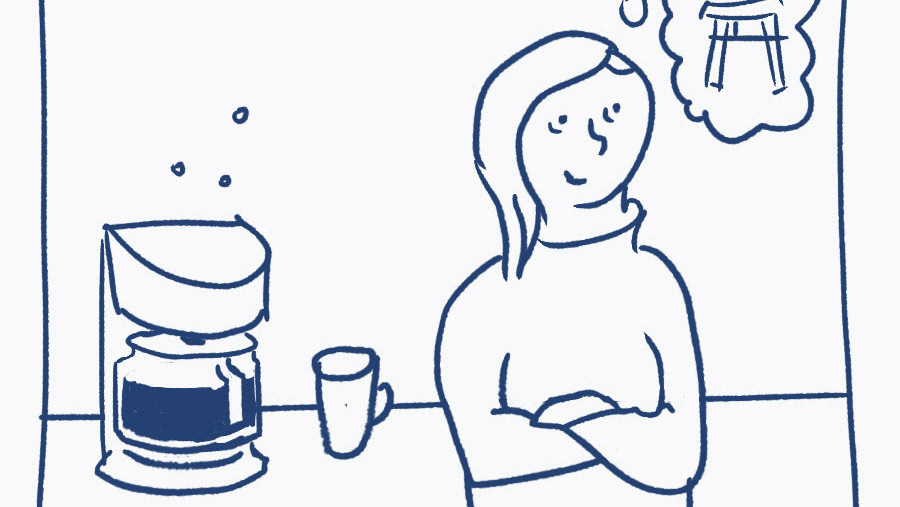Words like “design” and “creativity” mean different things for different people in different contexts. This complicates things.
When I started to hear about Design Thinking I felt like this has nothing to do with what I do as a graphic designer. It used the same word but belonged in a different world.
Fighting about which words to use
In Design Thinking Thomas Lockwood writes that:
The way designers are educated to think is now perceived as particularly relevant to companies that seek to change their long- and short-term strategies for developing new products and services.
Thinking back to my education I think “designer” in this context might be product designer? In my graphic design training we were not taught to work in a very structured way at all.
When reading Tim Brown’s engaging Design for Change its enthusiasm and positivity influenced me. Being a bit late to the party I then read several articles saying Design Thinking is dead. Other voices in the debates come from designers saying Design Thinking is bullshit.
I wonder if Design Thinking was labelled something else and simply marketed as a collaborative innovation methodology instead, it wouldn’t cause such a fuss. Design sensibilities take time to fine-tune, and designers don’t like to see design being marketed as easy for everyone to do.
Words like “design” and “creativity” carry with them a lot of mythical value with their connotations. Design Thinking is a methodology that involves business people, end users and designers. But:
It is not a substitute for professional design or the art and craft of designing, but rather a methodology for innovation and enablement.
Lockwood reassures us here that it was never Design Thinking’s intention to step on any designers’ toes.
Design Thinking applied to UX
The tenets of Design Thinking seems to me essential if any innovation is to be done, and principles that I will be keeping in mind and bringing into my own process going forward:
1. Understanding the users and their context, making sure that the solution is not out of touch with their realities.
2. Bring expertise from different fields and backgrounds to workshops. I also see this point particularly useful within a larger company, to engage stakeholders, form stronger bonds and get buy-in.
3. Utilise various ideation techniques, breaking free from familiar thought-patterns.
4. Early prototypes and storyboards help iron out issues early on in the process. They also create engagement around the project.
Let’s have more creativity (but what is that?)
I think that working on a creative project alone (or at least outside of the Design Thinking context) means going after that feeling of “there is something here”. Following that trail to find something that clicks or feels interesting for a reason that might be hard to put into words at the time it happens.
That feeling is difficult to translate onto a post-it note in a workshop session. If it does make it onto a post-it it can be hard to defend in a feature prioritisation graph. The team moves forward into the different phases of the process, letting go of insights, ideas or those undefinable “somethings”, in order to proceed.
I wonder if this is what gets lost in a pure Design Thinking process, and if this is what Rei Inamoto touches on in his article (that we were recommended to read).
Inamoto writes that he has often been underwhelmed by the outputs of the Design Thinking process, and he is asking for more creativity. I am glad he defined the word for us in this context:
Being creative means the work we produce is not only better than others but is different and has a distinct point of view. It’s time to put creativity into design again.
Following a very structured and commonly adopted process might make it look like we are doing the “right” thing but we might miss interesting opportunities anyway.
The business world loves numbers and common denominators but it might cause us to miss chances to do something different and something with “a distinct point of view” if we only work on post-it notes, the idea with the most dot-votes or what the numbers in tests tell us.
Closing thoughts
Someone with a design background might feel frustrated in a Design Thinking workshop where most participants have a less explorational, more solution-focused approach. I think it's important to realise that this is only one arena where ideation and creative exploration can happen. Designers should be given opportunities to explore and create outside of the Design Thinking workshop. The focus is to bring more voices from different viewpoints to the table – crucial for successful innovation.
I believe it would be beneficial to have experienced designers in a facilitator role. They can then bring value by bringing the team members along with them in their exploratory, experimental designer's way of thinking – without feeling that their expertise is de-valued.



